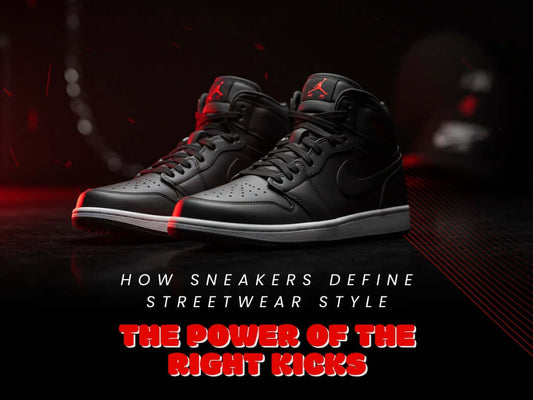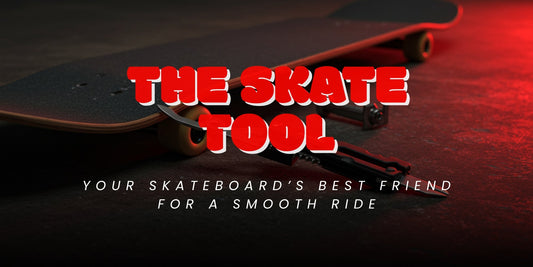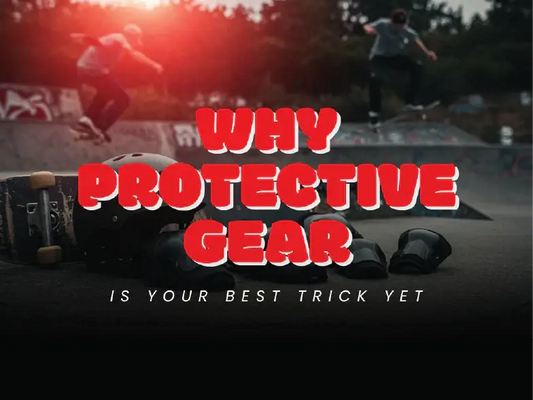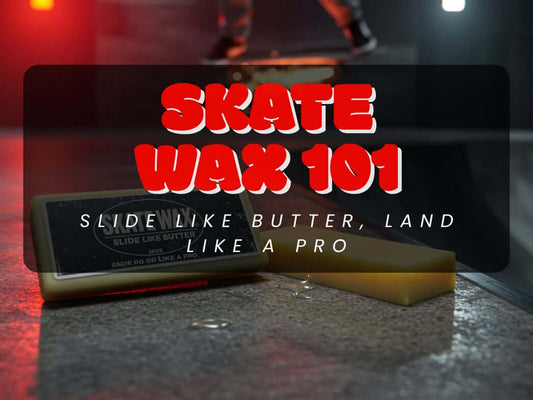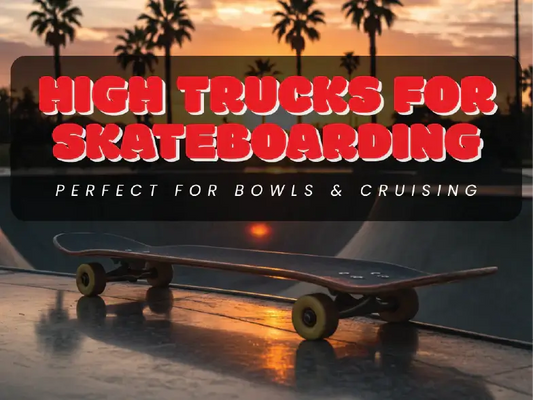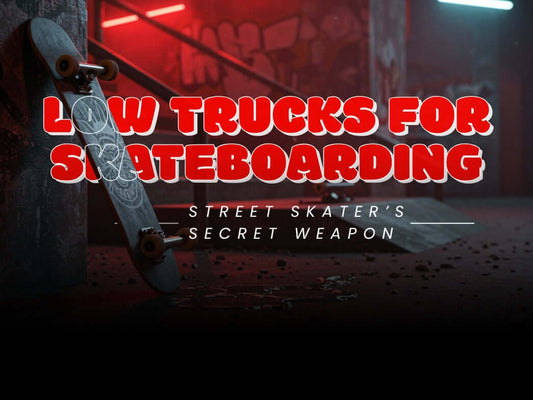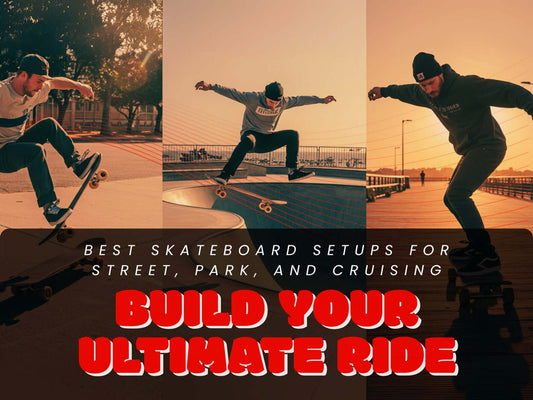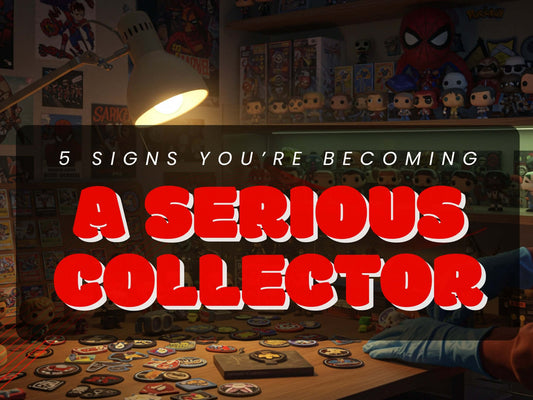
Have you ever walked into a skate shop and just froze, staring at a wall of decks like you’re a kid in a comic book store, totally overwhelmed? Picking the perfect skateboard deck feels like a straight-up adventure, less “Hogwarts wand vibes” and more “this board’s gotta get me.” Whether you’re shredding rails like you’re channeling Tony Hawk’s Pro Skater glory days or cruising the boardwalk with Euphoria-level chill, your deck’s your best friend on wheels. So, how do you find the one that’s basically your skate soulmate? Let’s figure it out together.
Why Your Skateboard Deck Matters

Your deck? It’s not just some random piece of wood—it’s the soul of your skateboard, your ride-or-die. Think of it like picking kicks for a street dance-off: choose wrong, and you’re stumbling like you forgot the choreo. Nail it, and you’re landing ollies smoother than a Stranger Things mixtape drop. The size, shape, and material? They’re what make or break your vibe, whether you’re tearing up the skatepark, cruising the block, or still chasing that kickflip you swore you’d master back when Avril Lavigne’s Sk8er Boi was your entire personality.
Step 1: Know Your Skate Style

First things first—what’s your skating vibe? Are you a street skater, weaving through urban jungles like Spider-Man? Or maybe you’re a park rat, hitting ramps and halfpipes with the confidence of a Marvel superhero? Perhaps you’re just cruising, channeling your inner Barbie movie aesthetic, wind-in-hair and all. Your style sets the stage for your deck choice. Here’s the breakdown:
Street Skating: Think tight, technical tricks—ollies, kickflips, and grinds. You’ll want a deck that’s nimble and responsive, usually between 8.0” and 8.5” wide.
Park/Vert Skating: Hitting bowls or halfpipes? Wider decks (8.5” and up) give you stability for those high-flying airs.
Cruising: If you’re just vibing, longer and wider decks (8.5” to 9.0” or more) make for a smooth, chill ride.
Pro Tip: Not sure what your style is yet? Picture yourself as the main character in a skate movie. What’s your montage scene? That’s your style.
Step 2: Size It Up

Deck size is where things get personal. It’s like picking the right lightsaber—too big, and you’re swinging wild; too small, and you’re wobbling like a stormtrooper on rollerblades. Deck width is measured in inches, and here’s the cheat sheet:
7.5”–8.0”: Perfect for younger skaters or those with smaller feet. Great for technical street tricks where control is key.
8.0”–8.5”: The Goldilocks zone for most skaters. Versatile for street, park, or light cruising.
8.5” and up: Ideal for cruising, vert, or skaters with bigger feet who need extra stability.
❓ Rhetorical question alert: Ever tried landing a heelflip on a deck that feels like a surfboard? Not fun. Match your deck width to your shoe size and skating style for that just-right feel.
Quick Deck Size + Shoe Size Guide
|
Shoe Size (US) |
Recommended Deck Width |
|
Kids – 7 |
7.5” – 7.75” |
|
8 – 9 |
8.0” – 8.25” |
|
10 – 11 |
8.25” – 8.5” |
|
12 and up |
8.5” and wider |
Tip: Deck length also matters slightly—taller skaters might find a longer deck more comfortable, especially when cruising.
Step 3: Shape It Up

Deck shape is where the magic happens. The concave (that curve in the middle) and nose/tail design affect how your board flips and feels. Think of it like choosing the right playlist for your session—each vibe sets a different tone. Here’s what to know:
Concave: A deeper concave gives you better control for flips and tricks, like a DJ scratching the perfect beat. A flatter deck is better for cruising or casual rides.
Nose and Tail: Symmetrical shapes (popsicle decks) are standard for street and park skating. Cruiser decks might have a more pronounced tail or a pointy nose for that retro Back to the Future hoverboard look.
Ever wonder why your buddy’s board feels so different? It’s probably the shape. Test a few to find your groove—think of it as swiping through Tinder for the perfect deck match.
Step 4: Material—Wood, Plastic, or Wildcard?

Most decks are made from seven layers of Canadian maple wood. It’s strong, flexible, and has been the top choice for skaters since the early days of skating in empty swimming pools. But now, there are other materials out there too.
Bamboo: Lightweight and eco-friendly, with a flexy feel for cruisers.
Composite/Plastic: Durable for beginners or wet conditions, but less pop for tricks.
Carbon Fiber or Fiberglass: High-tech and pricey, for skaters who want to flex like they’re in a Fast & Furious chase scene.
Storytime: My friend Jake once bought a cheap plastic deck thinking he’d save a buck. Two weeks later, it snapped mid-ollie, and he was eating pavement like a cartoon character. Stick with quality maple unless you’re sure about the alternatives.
Step 5: Graphics—Your Deck’s Personality

Let’s be real: the graphics are half the fun. A deck with a dope design is like wearing a band tee that sparks a conversation. From minimalist logos to wild, neon art straight out of a Spider-Verse frame, pick something that screams you.
Pro tip: Don’t let a cool graphic trick you into a bad fit—function over flash, unless you’re just hanging it on your wall like a skateboarding art gallery.
Wrap It Up: Your Deck, Your Story

Choosing the right skateboard deck is like picking your character in a video game—it’s gotta fit your style, your skills, and your swagger. Whether you’re shredding the streets like a Grand Theft Auto protagonist or cruising with a playlist that’s all Billie Eilish and old-school Green Day, the right deck makes every ride epic.
So, what’s it gonna be? A narrow street deck for tricks or a wide cruiser for vibes? Head over to alcostashop.com to find your perfect match, grab your board, hit the pavement, and let your story roll.

